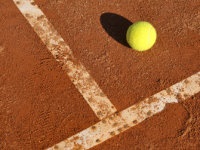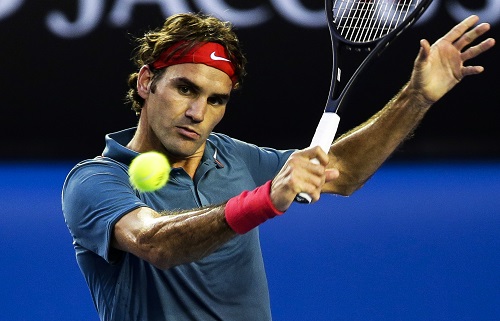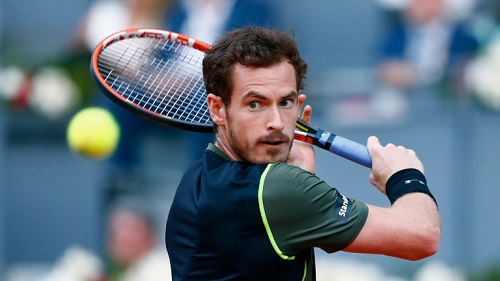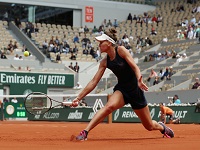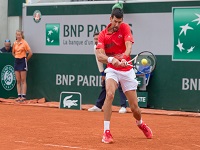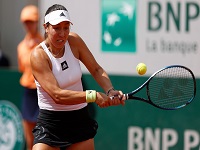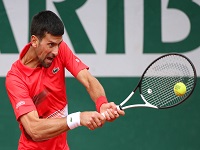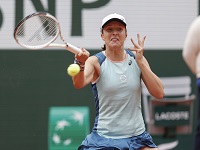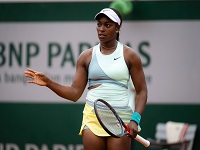This year’s Australian Open finals had a very vintage feel about it. You might have turned on the television on Saturday or Sunday morning over finals weekend only to wonder if you’d somehow sleepwalked into a time-machine. After all, the last time Federer and Nadal met in a Grand Slam final was at the 2011 French Open while the Williams sisters last came up against each other at the 2009 Wimbledon Championships final.
Besides from learning that the old champions still have what it takes to win Grand Slam titles, what else did we learn? And how can we apply the shock results of the Australian Open to tennis betting strategies going into future tournaments?
Old champions die hard
They say that there is no value in Grand Slam tennis betting. The big stars always win and the bookies know this. In the years between 2000 and 2017 (excluding the most recent Australian Open final) there have only been 10 Men’s Grand Slam winners from outside the top five seeded players. Considering that there were 68 finals in that time period, that’s not a lot of trophies for the outsiders.
In a modern male tennis climate that is dominated by three or four players at any one time, you’ll very rarely find any value in a realistic bet on the outright winner. The pre-tournament favourites for the 2017 Australian Open were undoubtedly Novak Djokovic and Andy Murray – two players who are arguably head and shoulders above the rest of the field. This was reflected by the 3/2 odds which were given for the top two seeds.
After that, however, the seedings didn’t seem to affect the odds, with precedence given to Grand Slam winning experience over a favourable route to the finals. In fact, ninth seed Rafael Nadal and 17th seed Roger Federer were given odds of 12/1 and 16/1 respectively while higher seeded players such as Kei Nishikori, Marin Cilic and Dominic Thiem – all considered strong hard court players – had odds of 22/1, 50/1 and 66/1 respectively. Just goes to show that the bookies will never write-off old champions who have done the job before, even if it was with younger legs.
Keep you ear to the ground, literally
The shock exits of Andy Murray and Novak Djokovic in this year’s Australian Open tournament is proof that there will always be an upset or two on the cards. The problem is that such unexpected defeats involving top seed players often seem like freak occurrences than something that can be routinely anticipated. But maybe there is a way to fine tune your radar for a potential shock…
Much was made of the court speed at the Australian Open this year. The blue Plexicushion surface at Melbourne Park was faster and zippier than in previous years. Some coaches even claimed that the balls used had a tighter-wound textile, meaning they weren’t deteriorating as quickly as usual. It doesn’t take a tennis genius to know that faster court speed favours more aggressive players – especially old school serve and volley practitioners like Roger Federer and Venus Williams.
Coincidentally, Andy Murray’s defeat to the unseeded Mischa Zverev’s was orchestrated by the German’s serve and volley tactics. Novak Djokovic was also knocked out by an unseeded opponent and, like Murray, the Serb has enjoyed much of his success on slower courts which allow him to grind down opponents with long baseline rallies.
While we wouldn’t suggest pestering Grand Slam organisers for tips about the surface, it’s not a bad idea to keep your ear to the ground to pick up any hints from players and coaches in post match interviews about how the courts are playing. A savvy punter could have had Djokovic and Murray to be knocked out at odds of 33/1 and 22/1 respectively.
More value in women’s tennis?
Many tennis tipsters will tell you to go to the women’s game for better value and, generally, this is sound advice. WTA tour matches are much more prone to upsets when you factor in the emphasis on tactics and pure shot-making talent in the women’s game over the battle of big serves and powerful ground strokes that dominates the men’s tour. Plus, despite Women’s tennis being one of the most popular in the world of female sports, the WTA tour doesn’t get anywhere near the kind of coverage as the men’s ATP tour. With that in mind there is much more scope for punters to exploit the naivety of other bettors on the betting exchanges.
But how did the women fare against the men at the 2017 Australian Open from a betting perspective. Well, not greatly in reality. Throughout the tournament, we counted 36 women’s singles matches in which the non-favourite won as opposed to 29 matches in the men’s singles. Furthermore, there were 8 games in both the men’s and women’s singles in which a player with odds of 2/1 or higher beat an odds-on favourite.
As you can see, the numbers don’t represent such a huge disparity in upsets between the WTA and ATP side of the Australian Open. Then again, could this be down to the fact that the fast courts had a greater effect on the men’s game in which power is prime?
Set betting is still the best bet
The best betting value by far remains to be found in set betting markets and the Australian Open showed once again how punters should always look to exploit the best-of-five-sets format in Grand Slam men’s singles matches. The reality is that most upsets occur over four or five sets. Top seeded players don’t just roll over and if a lower ranked player is going to beat them, they will have to be having a very bad day to lose without winning at least one set.
Denis Istomin beat Novak Djokovic in five sets and went on to cause another upset against the no. 30 seed Pablo Carreño Busta in five sets. He even took a set of Grigor Dmitrov in the fourth round. Similarly, Mischa Zverev beat Andy Murray in four sets after beating no. 19 seed John Isner in five sets in the previous round.
It’s not mere coincidence that these unseeded players often need more than three sets to get over the line. So, if you can smell an upset on the cards but don’t have the confidence to bet on the win, you could always wager that the lower ranked player will win a set or two. Alternatively, you could heighten your potential return when backing the favourite by guess that they will win 3 – 1 or 3 – 2.
Hindsight is a great thing
If we can take any insight from the Australian Open, then it would be that old adage: “hindsight is a wonderful thing.” Of course, this applies to every sports betting event in the history of sports betting. But it doesn’t mean that we can’t take the insights mentioned in this article to improve our wagering strategies in the other tennis Grand Slams in 2017. Here are some things to look out take into consideration:
- Never write off old champions: they still have the class and experience to go far, if not all the way in major tournaments.
- Use the surface to your advantage without assuming that a hard court is going to play like a typical hard court, or a grass court will play like a typical grass court, etc. Listen to pundits, players and coaches to get a perspective from the inside.
- Don’t assume that the best value is always to be found in the women’s singles title.
- Want to lengthen odds on a firm favourite against a plucky outsider? Use set betting markets to your advantage.

